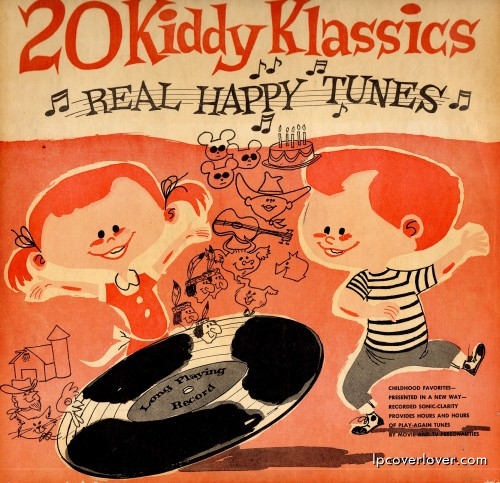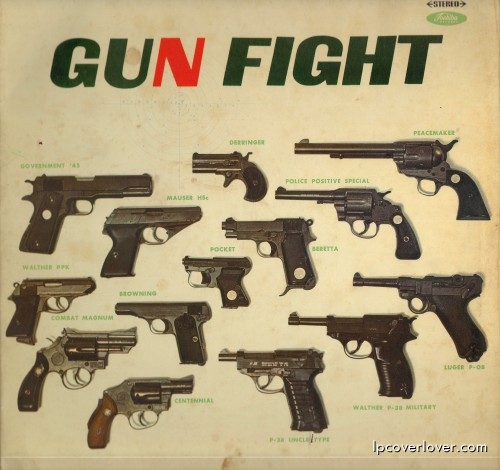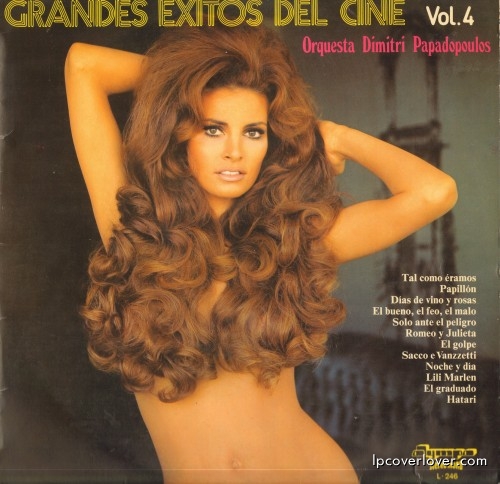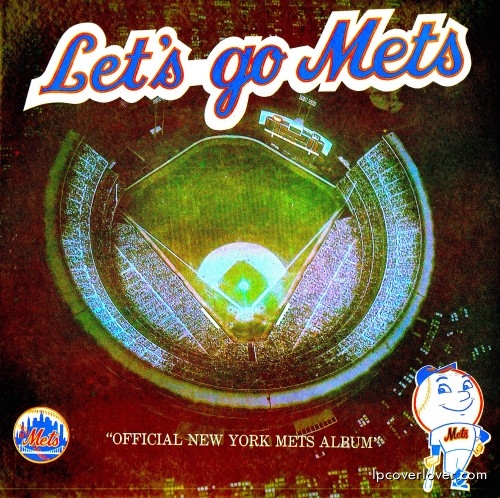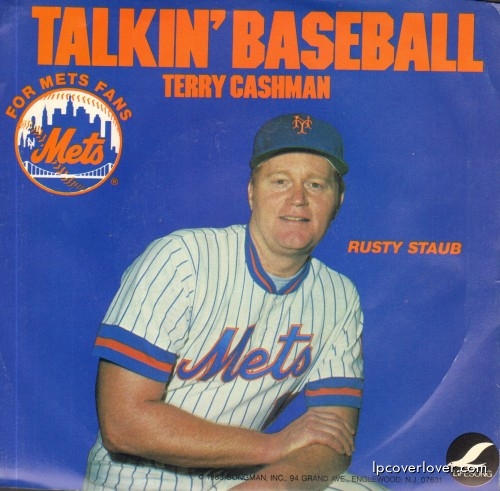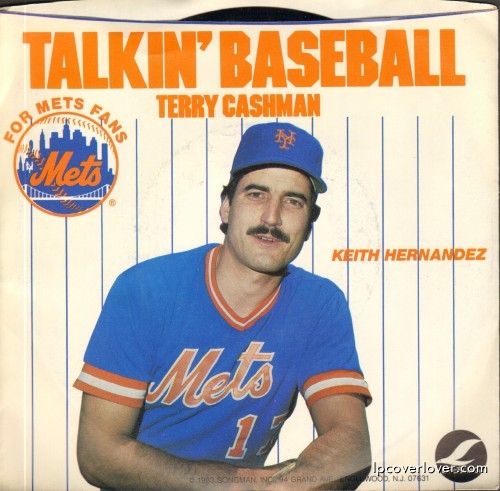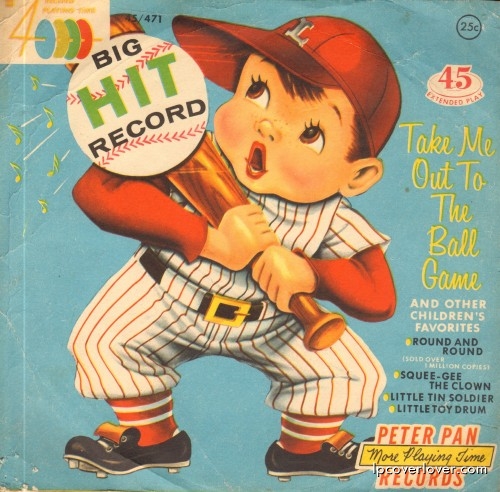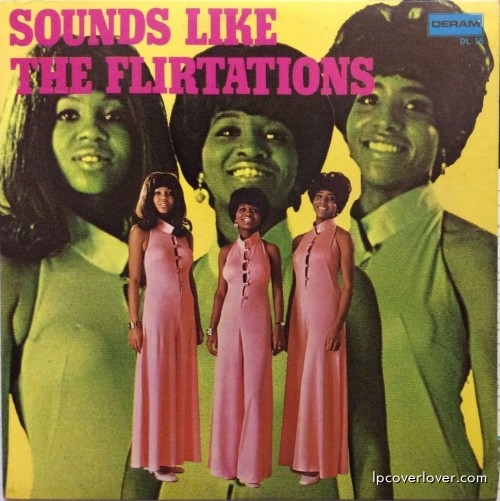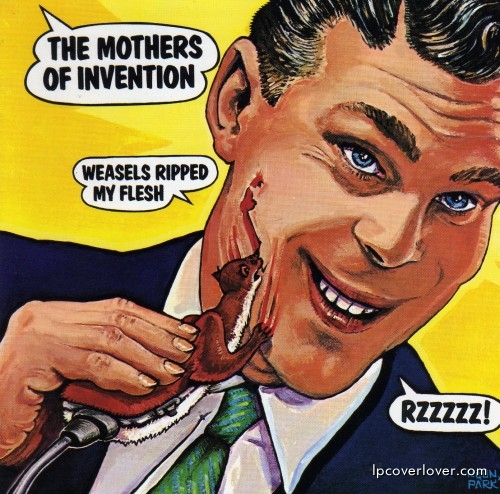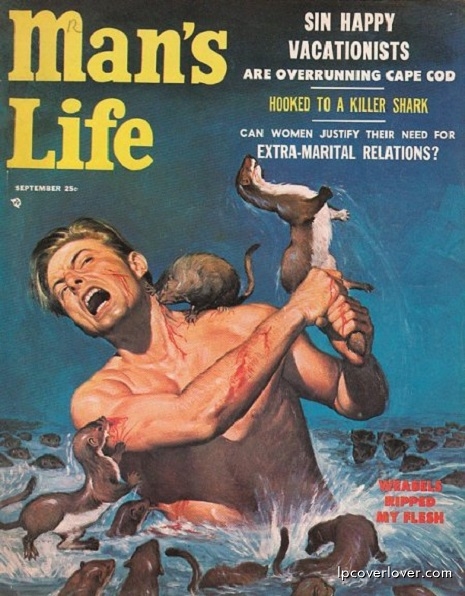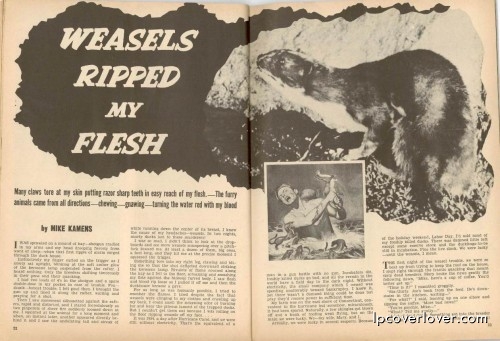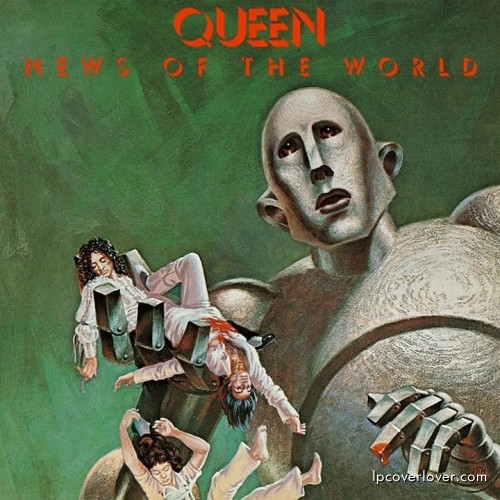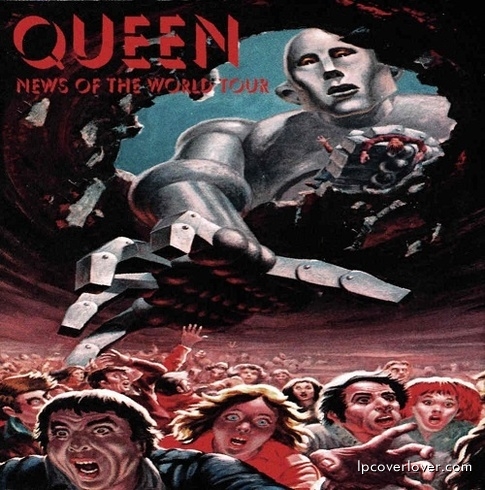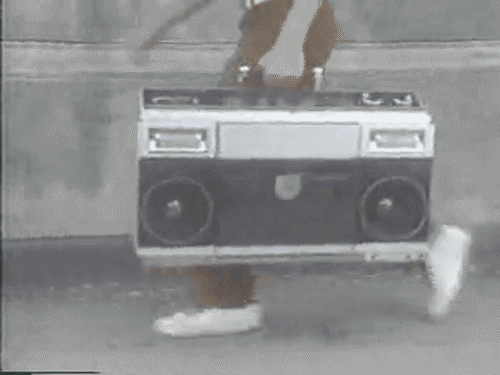October, 2015
Let’s go Mets!
Let’s go Mets ‘a sports documentary’ Actual play-by-play recordings of the Mets greatest games plus the voices and sounds which are a part of the Mets history. Featuring Linsey Nelson, Bob Murphy and Ralph Kiner, the voices of the Mets. (Shout out to my brother-in-law Christopher Granozio, who has been working in the Mets broadcasters’ box all season!)
The flirting kind
A beautiful alternate cover from Japan. “Sounds Like The Flirtations” Deram Records (1970) Here’s their greatest hit “Nothing But A Hearthache” A Northern Soul dance club favorite.
Although they never recorded for Motown Records, the Flirtations should have, because they sounded like nothing so much as a more energetic version of the Supremes, and by all rights, this exciting vocal trio should have been continually at the top of the pop charts during the late 1960s and early 1970s. They did have a big hit with 1969’s “Nothing But a Heartache,” a record that has had an enduring shelf life and actually might be better known now in the 21st century than it was 40-some years ago. An American singing trio who relocated to the U.K. in 1967, the Flirtations recorded an album, Sounds Like the Flirtations, and several singles for the Decca imprint Deram Records before leaving for Polydor Records in 1972. This set collects the Deram album and adds in four additional tracks from the same time period to make an ideal introduction to this fun group. Among the gems here are the undeniably classic “Nothing But a Heartache,” the bursting-with-energy “Need Your Loving,” the autobiographical “South Carolina” and the why-wasn’t-this-a-hit “What’s Good About Goodbye My Love,” but everything here falls into the same groove, with upbeat arrangements, spirited singing and insistent, racing and almost unhinged horn arrangements. (Allmusic)
Inspiration Information #2
Frank Zappa and the Mothers of Invention Weasels Ripped My Flesh Warner Bros. Records Released in 1970, WRMF is the second posthumous Mothers album released after the band disbanded in 1969. In contrast to its predecessor, Brunt Weenie Sandwich, which predominately focused on studio recordings of tightly arranged compositions, this album largely consists of live recordings and features more improvisation.
Neon Park was working as a poster artist with The Family Dog, a San Francisco design group, when he got a call from Frank Zappa asking him to come down to Los Angeles. Zappa had seen the drawings Park had done for a group called Dancing Food and wanted him to paint the jacket for the next Mothers of Invention record, Weasels Ripped My Flesh. At their meeting, Zappa showed Park a magazine cover. “It was one of those men’s magazines, like Saga,” says Park. “The cover story was ‘Weasels Ripped My Flesh,’ and it was the adventure of a guy, naked to the waist, who was in water. The water was swarming with weasels, and they were all kind of climbing on him and biting him. So Frank said, ‘This is it. What can you do that’s worse than this?’ And the rest is history.”
Park’s painting, for which he was paid $250, almost didn’t see the light of day. Zappa butted heads with Warner Bros. over its suitability for release. “Evidently,” says Park, “there was quite a confrontation that occurred over this cover. It wasn’t up to their standards.” Even after Warner Bros. finally consented to use it, there were problems. “The printer was greatly offended,” says Park. “The girl who worked for him, his assistant, she wouldn’t touch the painting. She wouldn’t pick it up with her hands.” Zappa and Park, meanwhile, were tickled silly by the brouhaha: “I was greatly amused by the cover, and so was Frank,” says Park. “I mean, we giggled a lot.”
And courtesy of lp cover lover Tycho …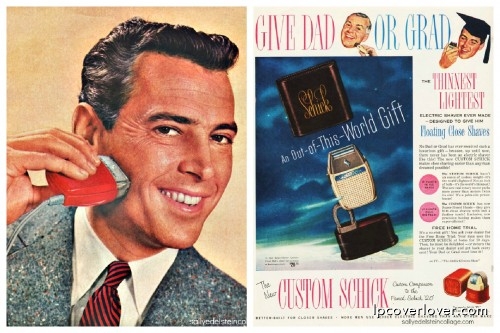
And/or courtesy of lp cover lover Rejean …
Inspiration Information #1
Queen’s 1977 album News of the World was inspired by this cover from the October 1953 edition of Astounding Science Fiction magazine (later called Analog) to illustrate the story The Gulf Between by Tom Godwin:
The robot killing the man was likened to a child injuring a bug and looking up at his parents saying “what have I done?” The caption for the image was “Please… fix it, Daddy?” The artist of the original piece, Frank Kelly Freas, painted the album cover based on his original work. It features Freddie Mercury and Brian May dead in the robot’s giant hand, while Roger Taylor and bassist John Deacon plummet to the ground. It’s definitely one of Queen’s most identifiable album covers, which also contained the hits “We Will Rock You” and “We Are The Champions.”
Freas painted another version of it for inner cover. The inner cover version depicted the robot breaking through an auditorium rooftop and reaching for the people in the panicked crowd. This painting was also used in the artwork to promote Queen’s tour.
Artist Frank Kelly Freas was involved in the science fiction field from 1950, until his death in 2005. He painted everything from pieces for NASA, to book covers, to magazine covers, to buxom beauties as nose art on fighter planes to Mad Magazine, and even the covers for the GURPS books for Lensman and Planet Krishna. He won numerous awards, and was often hailed of “The Dean of Science Fiction Artists.” You can check out his awards, browse his art, and even buy pieces of his work at his website, which is chock full of information including a brief documentary by his wife Laura. Check out his book “The Art of Science Fiction”.

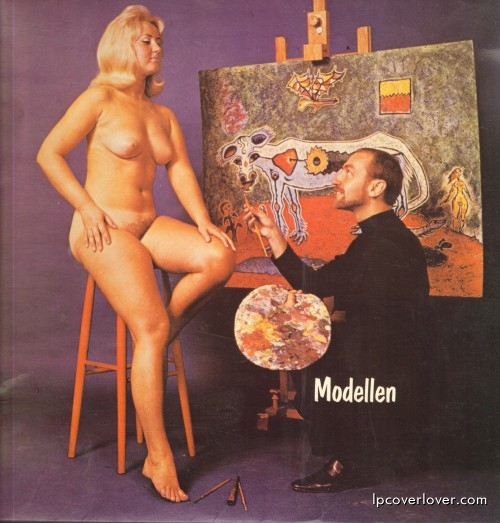

 (32 votes, average: 4.16 out of 5)
(32 votes, average: 4.16 out of 5)